Between 1962 and 1967, Brazilian architect Oscar Niemeyer designed the Rachid Karami International Fair in Tripoli, Lebanon. This vast exhibition center, intended to welcome two million visitors annually, would showcase Lebanon's cultural standing in the Middle East and globally. However, construction halted when civil war erupted in 1975, leaving eighteen concrete structures to slowly weather in the sea air.
The most striking of these structures is the Experimental Theatre, a massive concrete dome with unique acoustic properties. The dome's design creates what visitors describe as a "whispering effect," where even the softest sounds carry clearly across the space. Despite never fulfilling its intended purpose, this architectural marvel has been recognized as a UNESCO World Heritage site. It exists now as physical evidence of unrealized potential while simultaneously offering insights into Lebanon's complex history.
The Berlin-based Italian sound artist and vocalist Sara Persico first encountered this remarkable space in October 2022 while visiting Beirut for a series of performances with the Frequent Defect collective, an experimental music platform known for organizing events featuring avant-garde electronic musicians and sound artists from around the world. Along with fellow artist Elvin Brandhi, she made the hour-long trip to Tripoli to explore the fairgrounds. The dome immediately captured her attention, and the two musicians began experimenting with its acoustic properties, singing, screaming, and observing how the structure reflected and transformed their voices and the ambient sounds of the city.
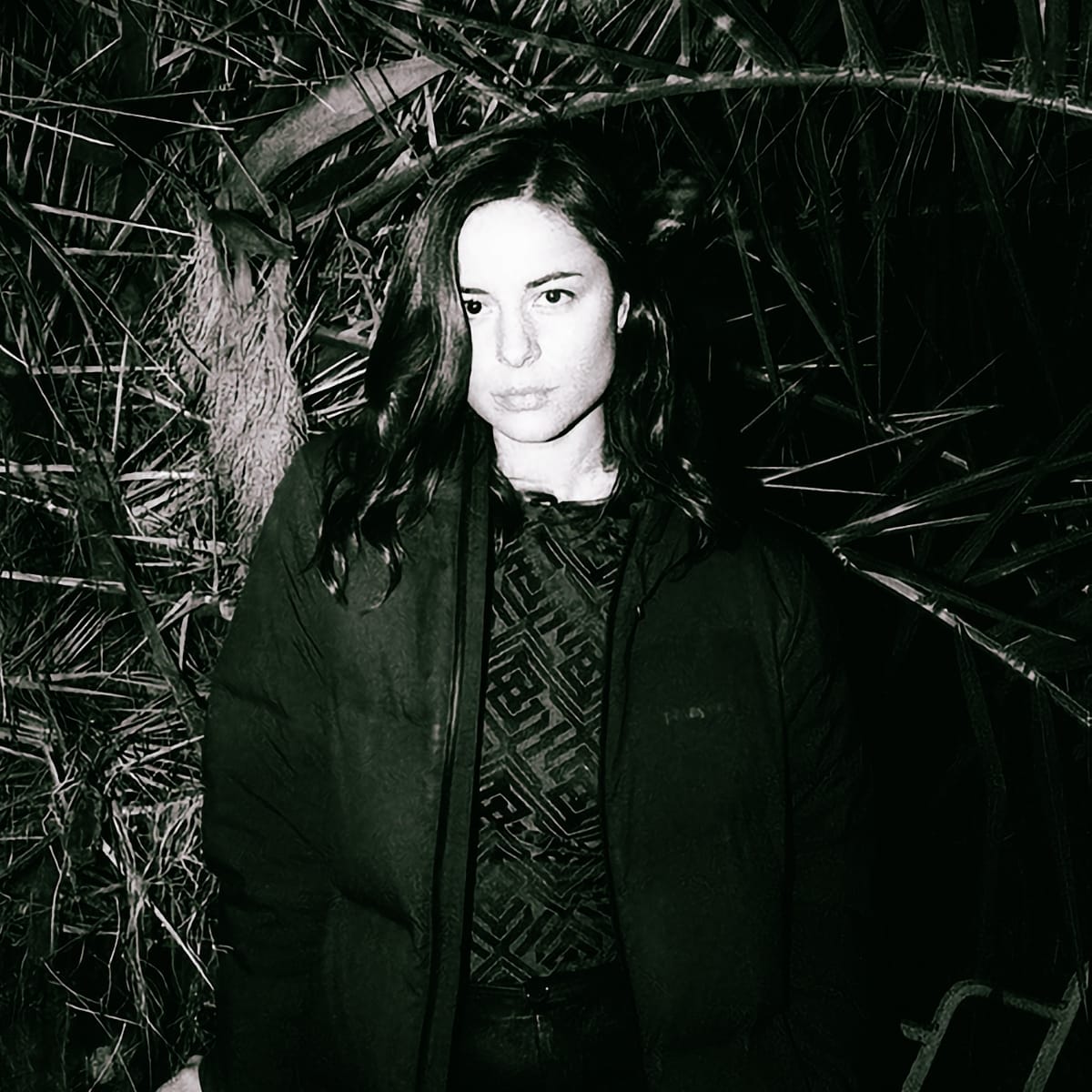
"I was immediately awed by the dome's unique sonic characteristics," Persico recalls. The experience affected her so profoundly that she returned a year later equipped with recording gear, determined to document the dome's extraordinary acoustics.
Despite the site's disuse, security checks remain at the entrance. Persico had to justify her unofficial presence but fortunately found help through a friend from Beirut who had recently been filming in the dome. This connection granted her access for a three-hour field recording session, brief but intensely productive.
During this improvised session, Persico sought to document what sound engineers call the "impulse response," the acoustic signature of the environment itself. Her methods were systematic and intuitive: repeating the singing and screaming of her earlier visit while whispering, moving objects, and creating sounds with metal plates suspended from the roof. "I sketched out every corner of the theatre," she explains, mapping the dome's acoustic properties through sound.
Beyond her own sonic interventions, Persico also recorded the "omnipresent hum of Tripoli" as it filtered through the dome. The structure transformed the everyday sounds of the city—voices, vehicles, wildlife—into what she describes as "ghostly overtones." Even the call to prayer, a rhythmic marker of daily life in Tripoli, appears in the final track, "34°26'14"N 35°49'24"E," filtered through the dome's acoustic lens and Persico's processing. These coordinates precisely mark the geographic location of the Experimental Theatre dome in Tripoli, Lebanon, a creative way of titling the track that directly references the physical location where these sounds were captured rather than using a more abstract or poetic name.
"I was just listening and feeling everything around me," she says. "The dome merges all the elements and creates order with it."
The transformation from raw field recordings to a finished album involved close collaboration with Belgian sound designer Koenraad Ecker. The process revealed the depths of her source material. "The deeper I went, the more I realized how this music had a special energy," Persico explains. "As I was stretching the samples, the sound revealed more information and details. Perhaps a place with history keeps more inside than we can perceive."
The album's opening track, "The Center Cannot Hold," introduces listeners to the uncanny textures of the space, combining "pebbly found sounds with vaporous birdsong" filtering in from outside. On "Brutal Threshold," Persico's voice appears for the first time, creating "wordless, breathy drones" that interact with metallic scrapes and distant police sirens.
Each track explores different sonic possibilities of the space. "Maze" features voices that "evaporate like stifled conversations," with sibilances dotting the soundscape against a background of echoes and "gong-like chimes." "Rashid Karami" introduces "harsh industrial groans and asymmetrical rhythms," while "Kairos" incorporates a "rumbling, dubwise thud" that emerges through layers of choral sounds. On "Voices Organ," Persico uses "staccato electronic plucks" to punctuate "a muggy haze of meditative mantras."
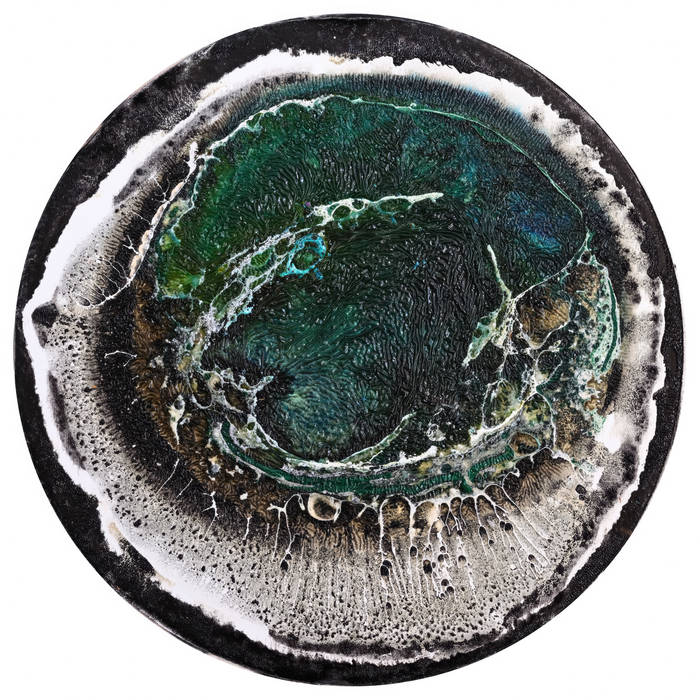
The resulting album's title, Sphaîra, references the dome's spherical architecture while also suggesting the circular nature of Persico's compositional approach. She explains, "The dome's shape inherently defines its acoustic properties, creating a distinctive resonance that permeates its structure and, in turn, the sound it generates." For Persico, Sphaîra is an album where space is the focal point, with the compositions shaped and informed by the dome's unique sonic architecture.
Though primarily a sonic exploration, Sphaîra carries inescapable cultural and historical resonances. The dome represents an ambitious vision of Lebanon's place in the world, a modernist structure designed by a renowned international architect that was never completed due to civil war. Persico's recordings capture traces of "sacred music, folk and opera" within the processed sounds, elements that "accent a cultural conversation between Lebanon and the wider world that's still very much in progress."
This awareness of the site's historical significance and contemporary relevance infuses the project. As Persico reflects, "Sphaîra is an opportunity to reflect on the history of Tripoli and Lebanon. Wars impact everyone in one way or another, and witnessing current events has shifted my perspective on safety and freedom, especially knowing that many of my friends and their families have neither."
Rather than allowing this recognition to lead to despair, Persico found that the project gave her "strength, offering me a way to tell a story." The album serves as a blueprint to an architectural space and a meditation on history, memory, and resilience.
What further distinguishes Sphaîra is Persico's approach to the material. Rather than treating her voice and the ambient sounds as separate elements, she views them as emerging "from the same sonic dimension." This integrated perspective shapes her compositional choices: "The combination of sounds developed intuitively, selecting and layering them like a sound palette, experimenting with different textures, and listening to how they interact. In a way, it feels similar to painting."
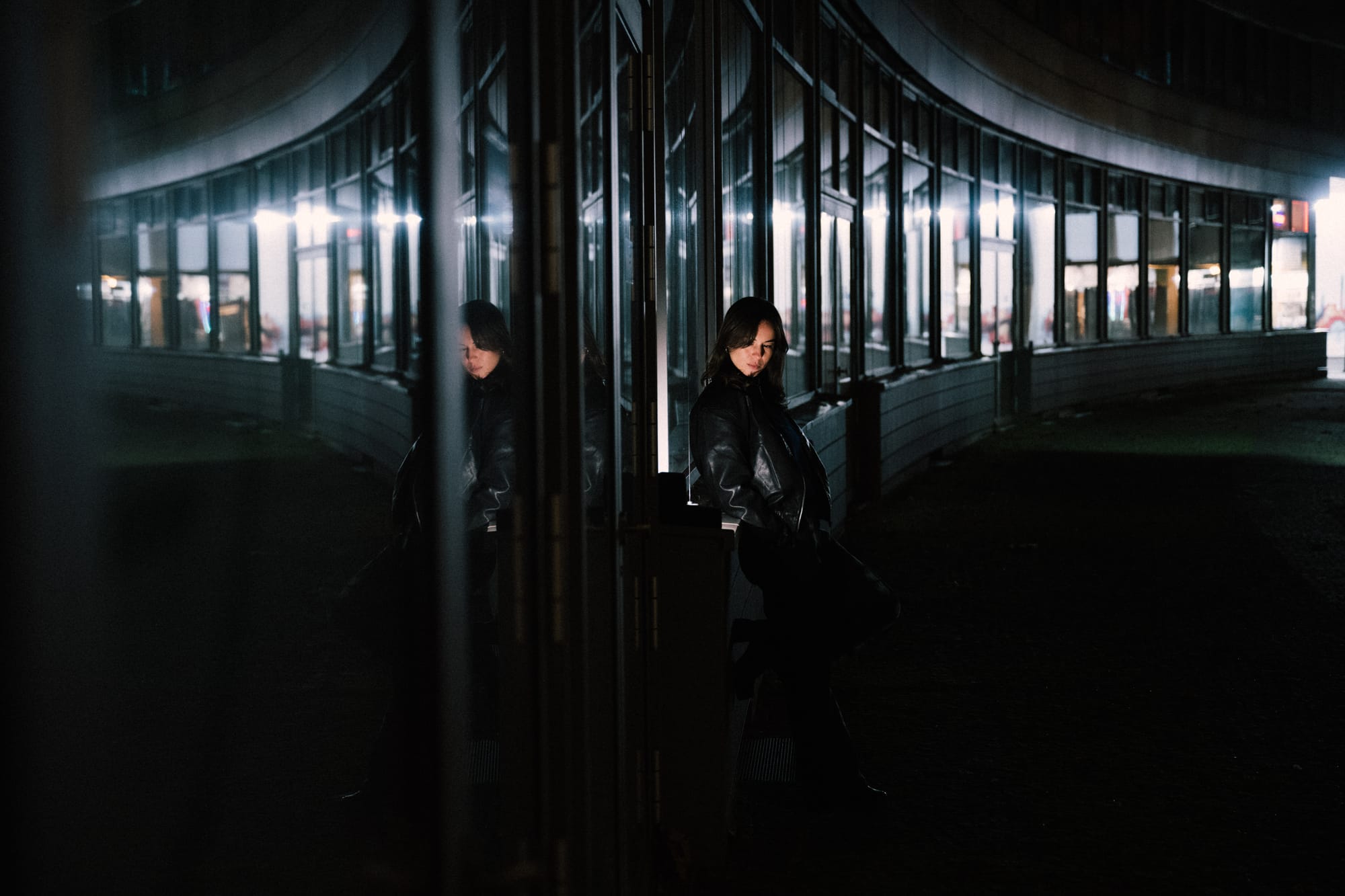
Sphaîra was released by Subtext Recordings, a label founded in Bristol and now based in Berlin that specializes in experimental electronic music and sound art under the curation of James Ginzburg, who has been influential in various electronic music scenes, including dubstep and ambient. Ginzburg also handled mixing and mastering for Sphaîra. Koenraad Ecker, who co-produced the album with Persico, is known for his work with the cello and various electronics. He has experience working with field recordings and creating site-specific sound works. It is a small but all-star team.
With Sphaîra, Sara Persico has used experimental music to document a unique architectural space, exploring the boundaries between field recording and composition, and created a sonic meditation on history, memory, and cultural exchange. The Experimental Theatre dome, designed as a gathering place for cultural exchange but never fulfilled due to historical circumstances, finds a new purpose through Persico's recordings. As she notes about the space, "The dome merges all the elements and creates order with it." In Sphaîra Persico accomplishes something similar, creating order and meaning from the echoes of an unfinished past.
Learn more about Sara Persico at sarapersico.cargo.site. Purchase Sphaîra from Bandcamp or Qobuz and listen on your streaming platform of choice.
Check out more like this:
 The TonearmLawrence Peryer
The TonearmLawrence Peryer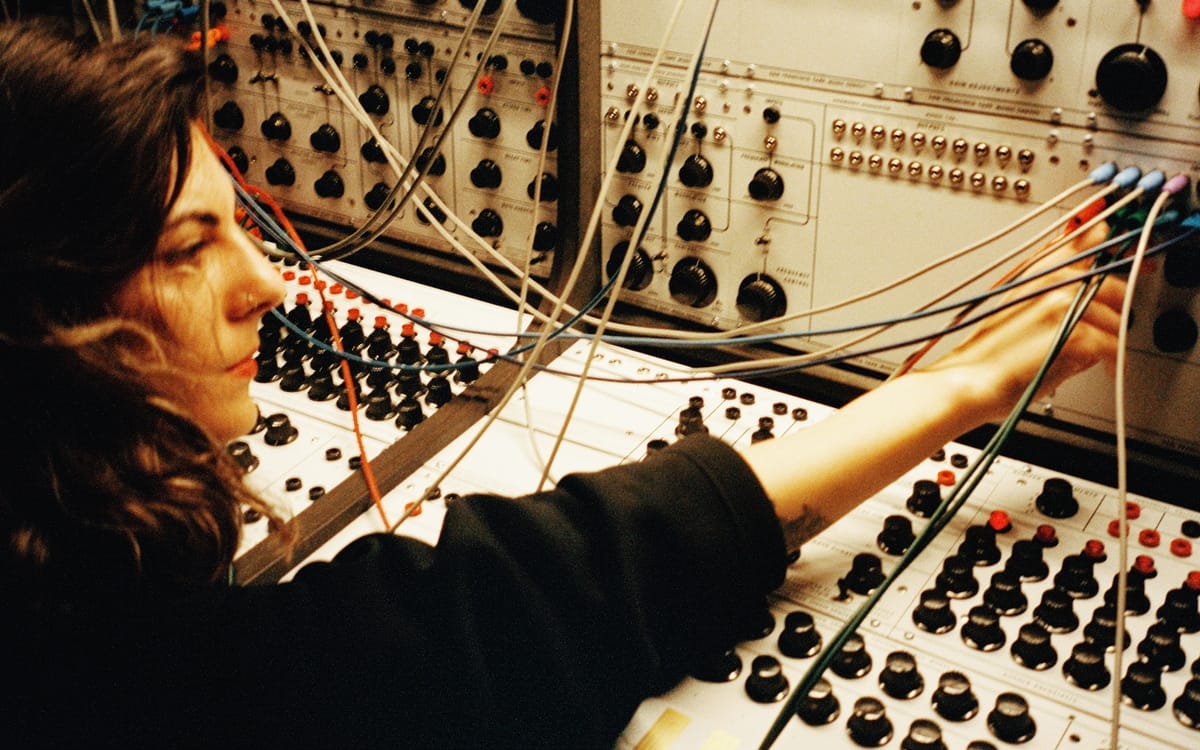
 The TonearmLawrence Peryer
The TonearmLawrence Peryer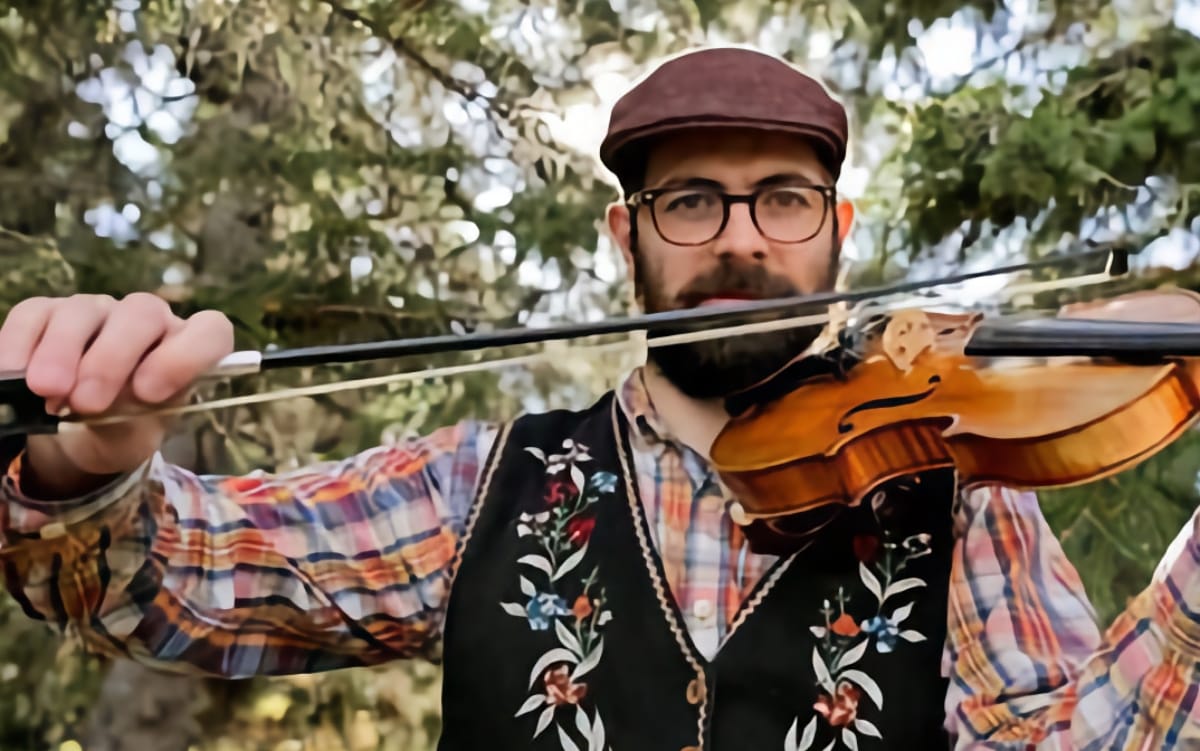




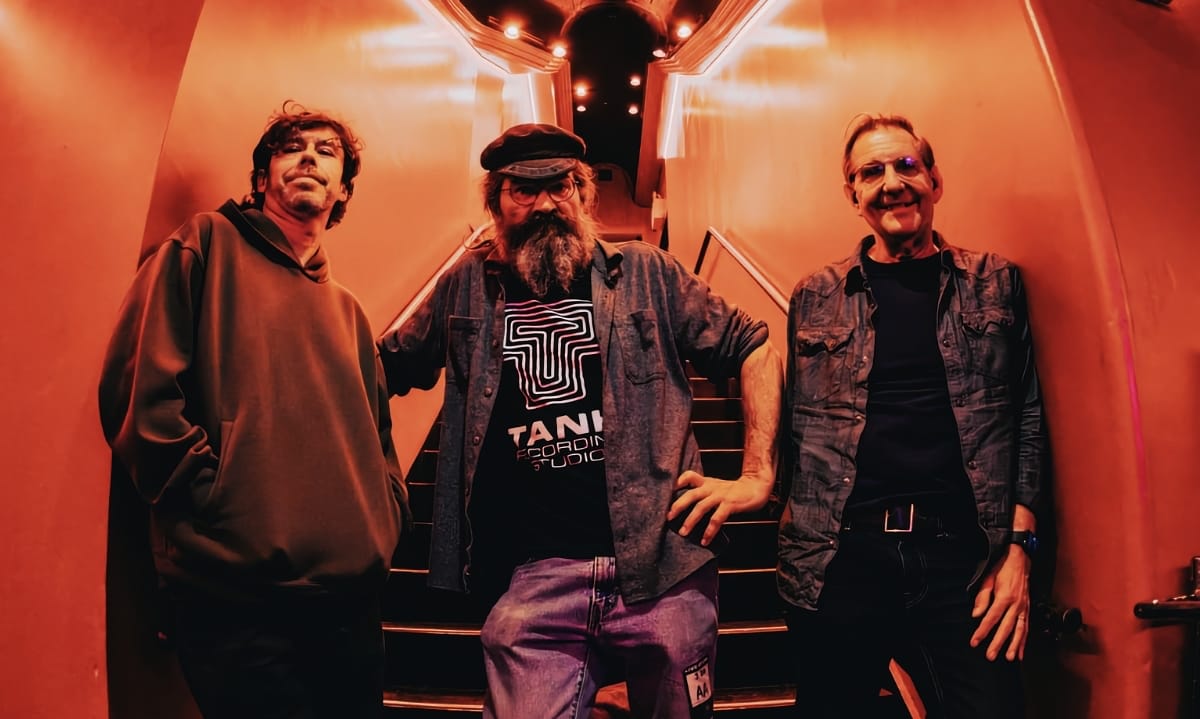


Comments